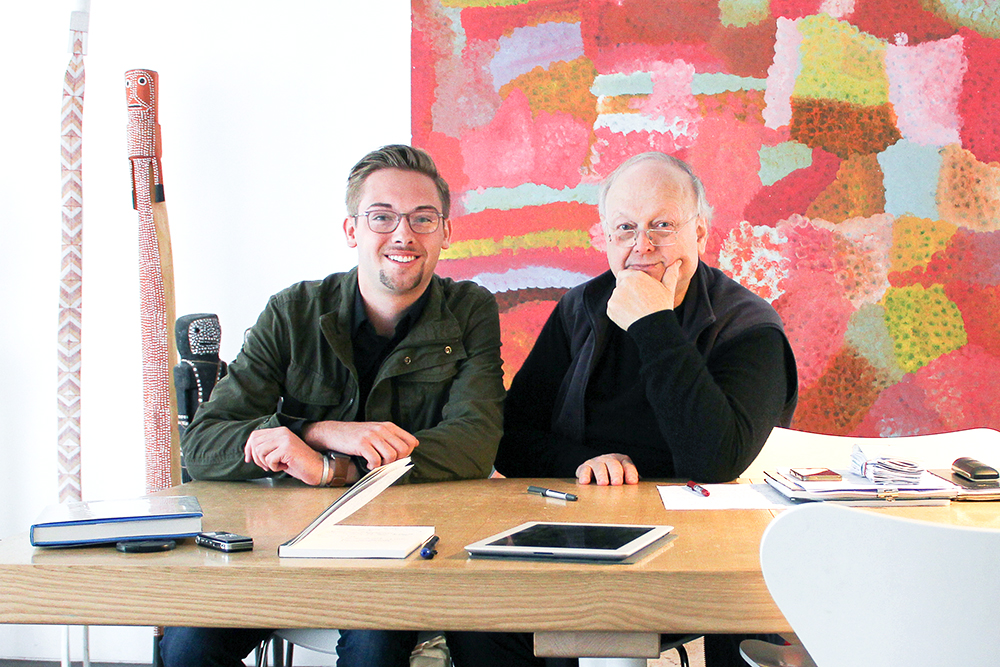





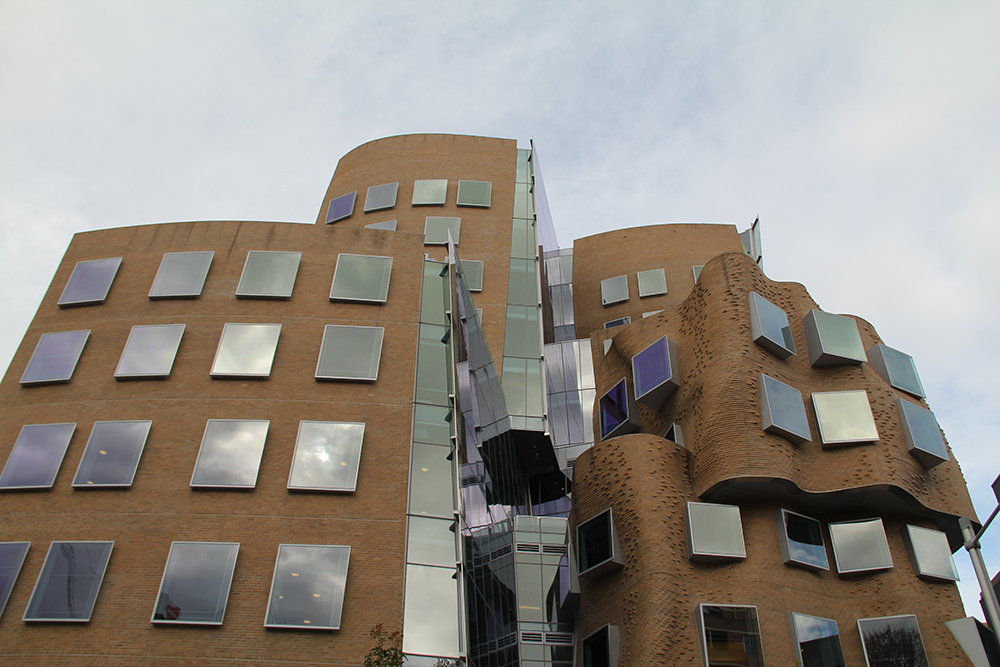



















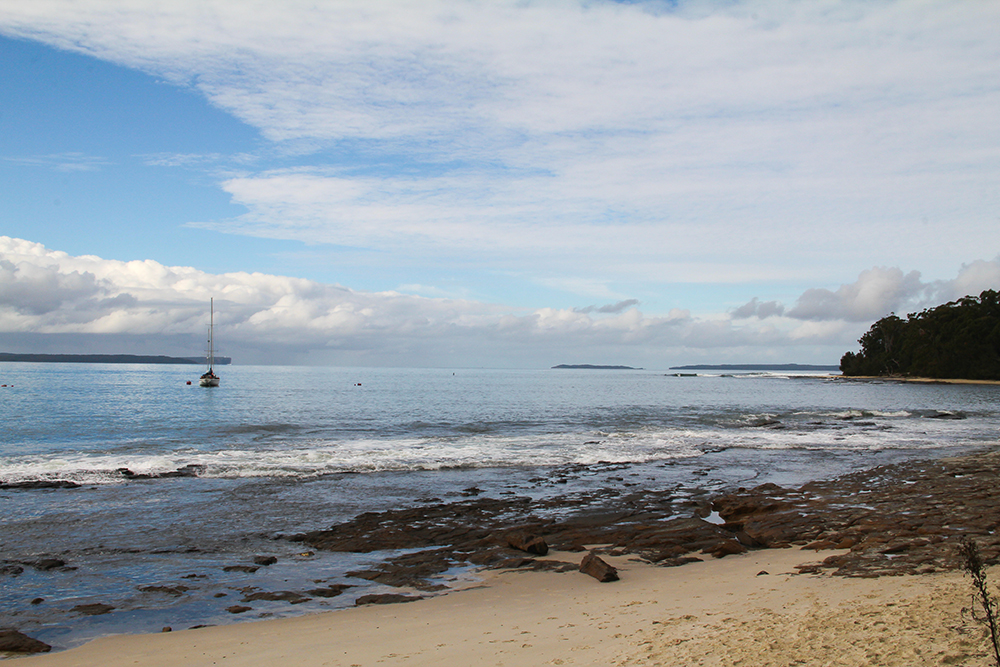










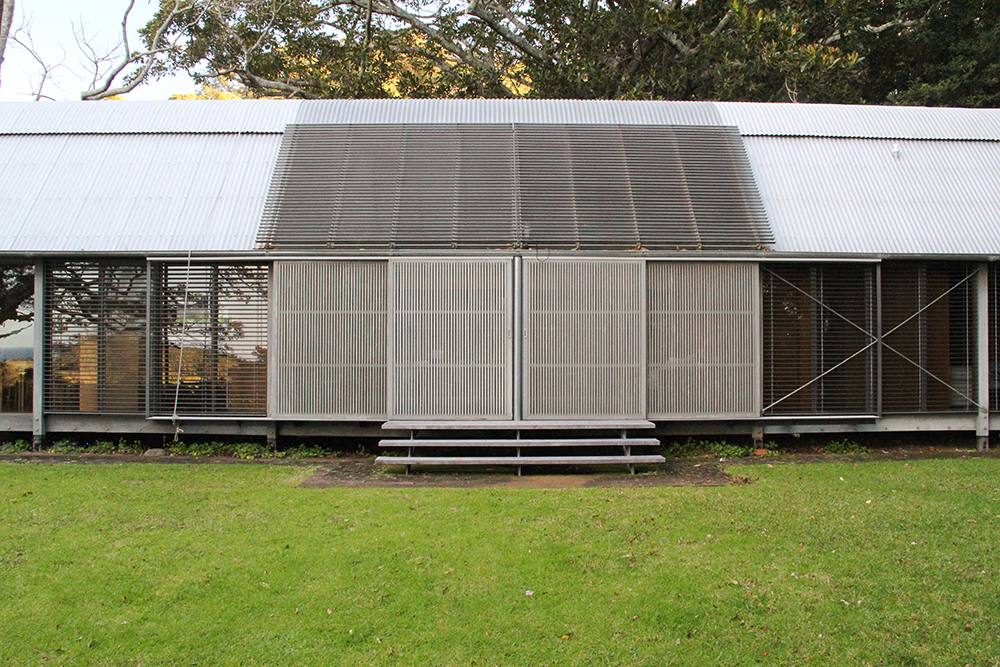



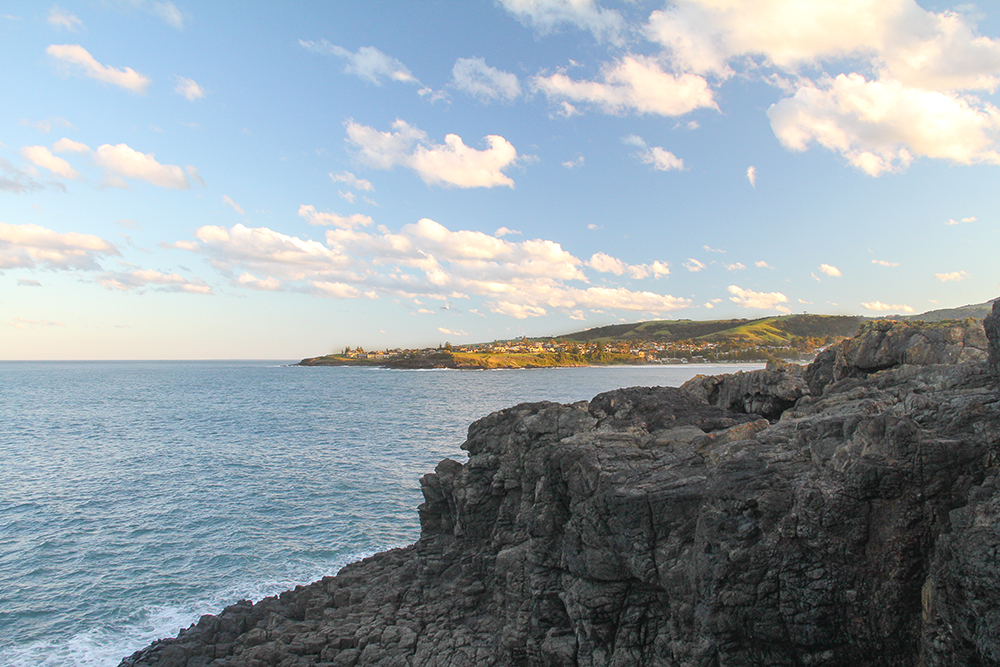

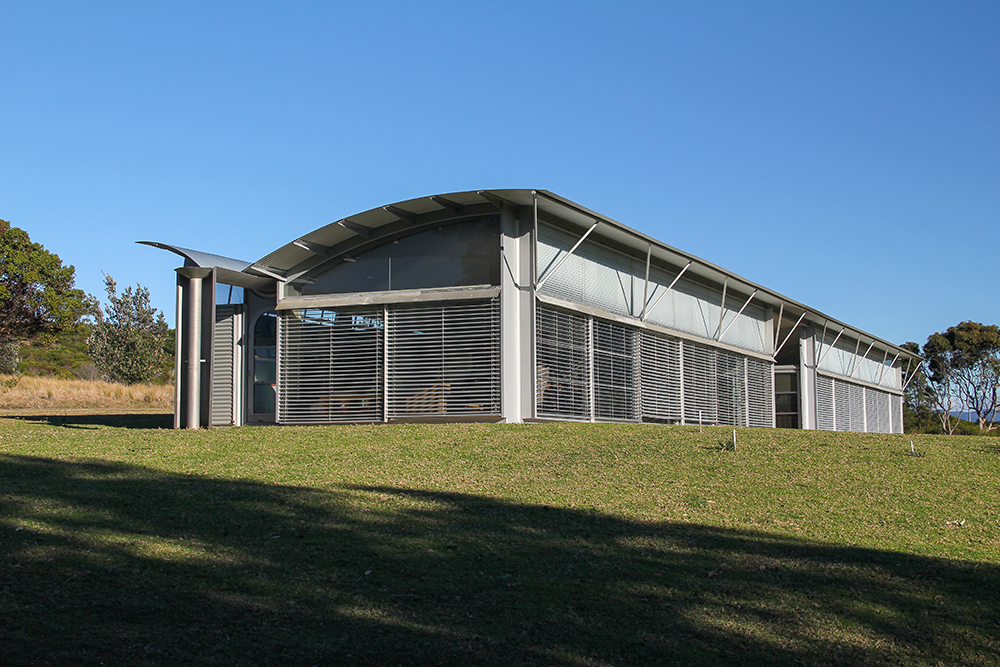





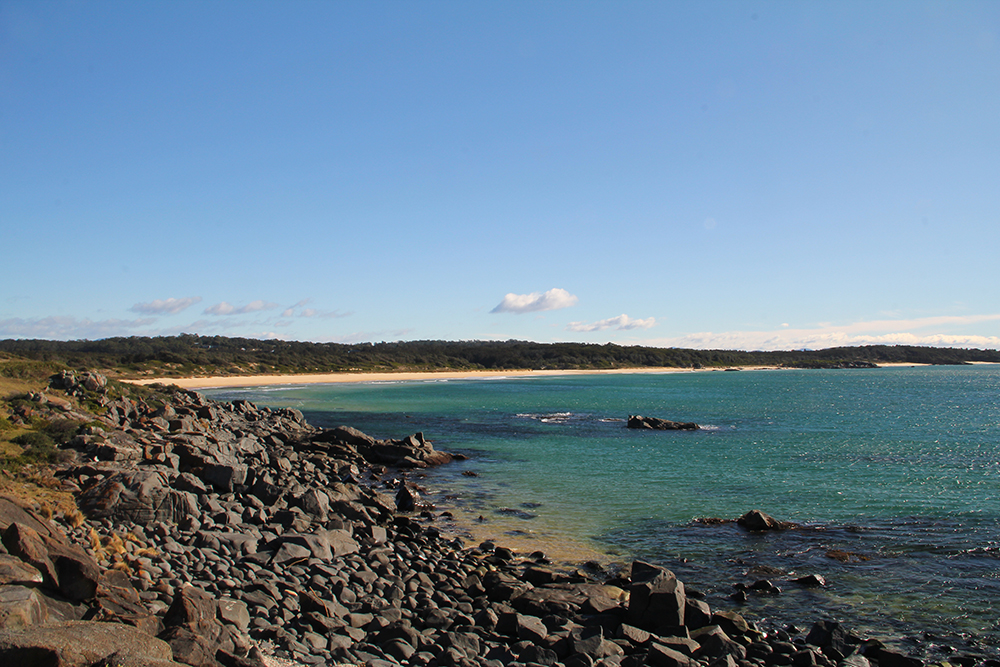





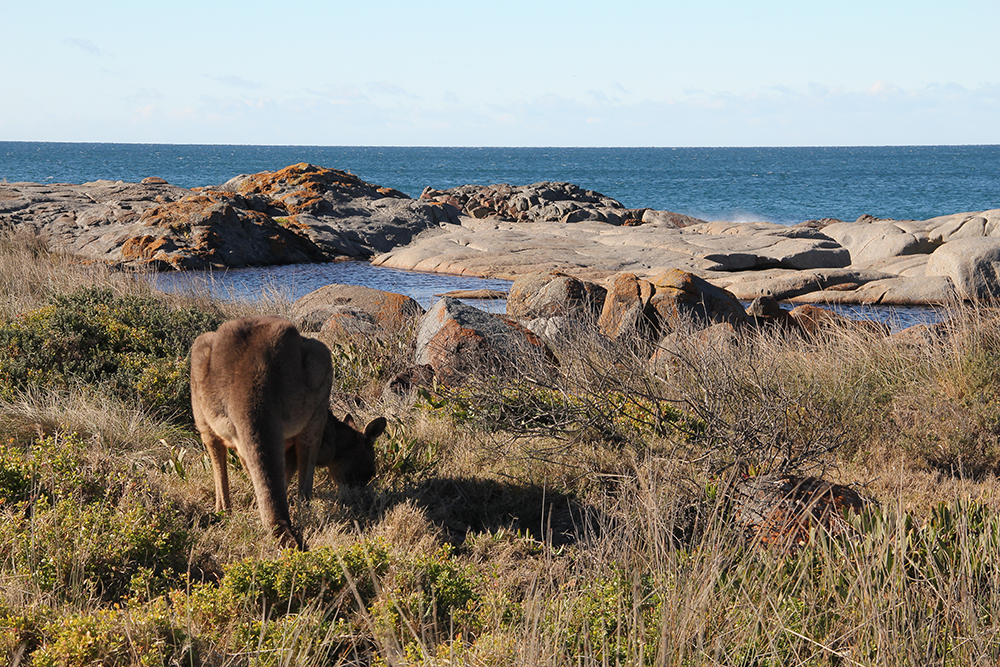

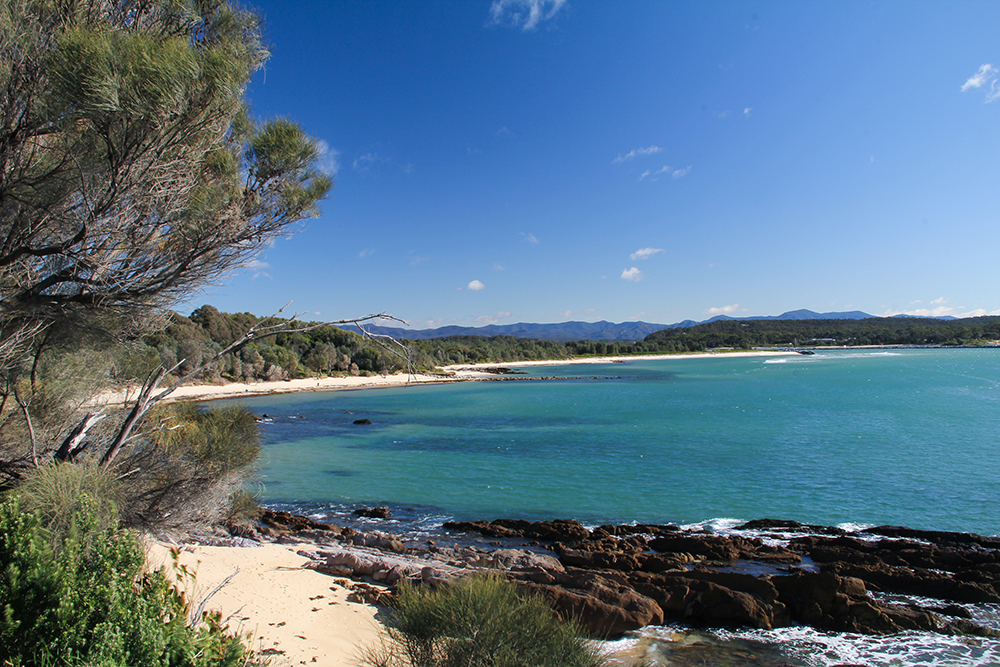





When one door closed for Zachary Henry, four more opened.
Henry, a fourth-year MSU architecture student from Knoxville, Tenn., was disappointed when his proposal for a travel scholarship to Australia didn’t come out on top.
However, when his boss, School of Architecture alumnus Briar Jones heard about Henry’s plan, he and his wife, Michelle, decided to fund his travels and research themselves.
“I was impressed with how much thought he put into applying for the Aydelott Travel Award and was disappointed for him when he didn’t win,” the principal at Thomas Shelton Jones and Associates in Starkville said, describing his intern as “full of energy.”
“Architecture is best experienced firsthand,” he added. “Great students read and learn what they need to see. Then they figure out how to go and experience the space and place and material tactility firsthand.”
After the shock of the Jones’ generosity wore off, Henry quickly got to work planning his trip with the help of Professor Emeritus Michael Fazio and Assistant Professors Emily McGlohn and Andrew Tripp.
The first leg of his trip included an interview with award winning Australian architect Glenn Murcutt at his home in Mosman, a suburb of Sydney, Australia.
“I’ve never met someone so passionate and humble about what they do,” said Henry, who said the 80-year-old Murcutt designs buildings that function as machines, unlike any other architect practicing today.
Henry said Murcutt doesn’t design for the money because he wants to create great architecture for people of any income and background to enjoy and live in.
“He breaks even on most of his work and lives in the most humble dwelling,” he said. “How incredible is that?”
Murcutt, who also teaches architecture at the University of New South Wales, paid a visit to Mississippi State University in 1998 and had nothing but high regards for MSU when he met with Henry.
“He told me, ‘You are getting a fantastic education, Zachary.’ I knew that,” he said, “but being reassured by the winner of a Pritzker Architecture Prize and Alvar Aalto Medal was just icing on the cake.”
The MSU student learned that Murcutt teaches in a similar method to his own professors – not using computers until the third-year of study and requiring lots of drawing and research before beginning to design.
The rest of Henry’s trip was dedicated to studying four Murcutt-designed buildings he had previously chosen as key to his research thesis – “Ecological functionalism in the work of Glenn Murcutt and how his buildings respond to the environment as a working machine.”
All located in New South Wales, Australia, the buildings ranged from small private residences to a large public building:
- The Carter House, Kangaloon
- The Magney House, Bingie Bingie
- The Arthur and Yvonne Boyd Education Centre, Riversdale
- The Fredericks-White House, Jamberoo
Henry collected data – using data loggers, multi-meters and laser devices – on how each of the four buildings responds to the physical and built environment.
He was really able to connect with the education center building, as he stayed there on the 2,700 acre property for three days collecting the data.
“It was interesting but also extremely scary; I was by myself in middle of the dense Australian rainforest with kangaroos, wombats and who knows what else!”
Now that he is back, he will compare and contrast the results and put his data into 3D modeling software to study the buildings in artificial environments.
“I’m excited to see where it goes,” he said, adding that he is not really sure what results he will get.
Henry has big plans for his research, including an Honors College Oxbridge Tutorial, presenting at conferences, a published paper, and eventually graduate school.
His end goal is to write a book and include the more than 500 Murcutt projects currently not catalogued for the library in New South Wales “so everyone can experience and learn about his work.”
Read more in the MSU “Our People” feature.